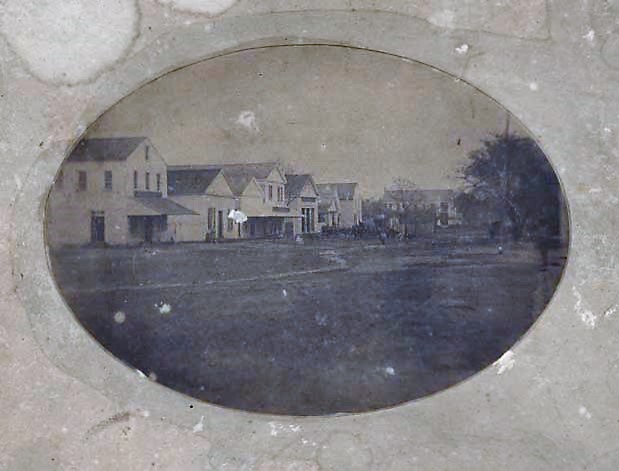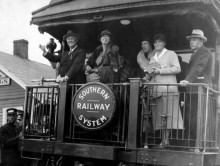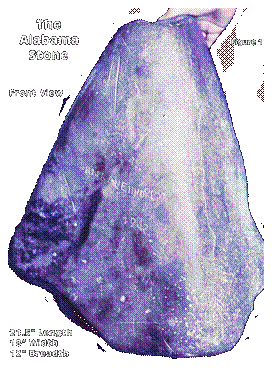Claiborne is now a ghost town on a bluff above the Alabama River in Monroe County, Alabama but a one time, it was an important town in early Alabama. Situated near the Federal Road, Claiborne began during the Mississippi Territory period with a ferry over the river.
Base for an invasion
During the Creek War a large stockade fort, named Fort Claiborne, was established at the site by General Ferdinand Claiborne. He used the fort as a base for the invasion of the Creek nation with the Regular Army of the United States, the Lower Tombigbee Militia, and friendly Choctaw. The community of Claiborne began in 1816, on the former fort site.
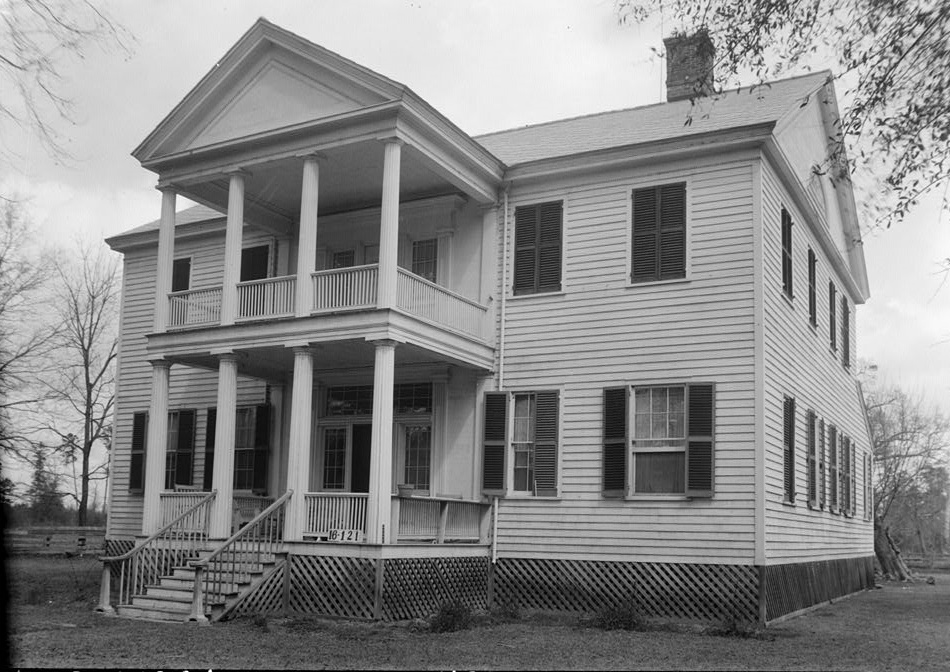
Fort Claiborne is mentioned frequently by Historian Albert J. Pickett in his massive Alabama history work. He relates how the fort was established in the excerpt below:
“Colonel Gilbert C. Russell, an accomplished and gallant commander in the regular army, marched the third regiment of federal troops from Mount Vernon, through Nannahubba Island, by Mims’ Ferry, to the head of Little river, and thence Nov. 28 to the encampment of Claiborne, with whom he had
been inducted by General Flournoy to co-operate. In the meantime, Claiborne had made rapid progress in the construction of a strong stockade, two hundred feet square, defended by three block-houses and a half-moon battery, which commanded the river. Before the close of November it was completed, and received the name of Fort Claiborne, in honor of the commander. The town where it stood still bears his name. The general wrote to Jackson congratulating him upon his victories, and giving him an account of the operations in the southern seat of war, and acquainting him with the fact that an abundance of corn and other provisions were to be obtained in the Dec. 5 neighborhood of Fort Claiborne.”
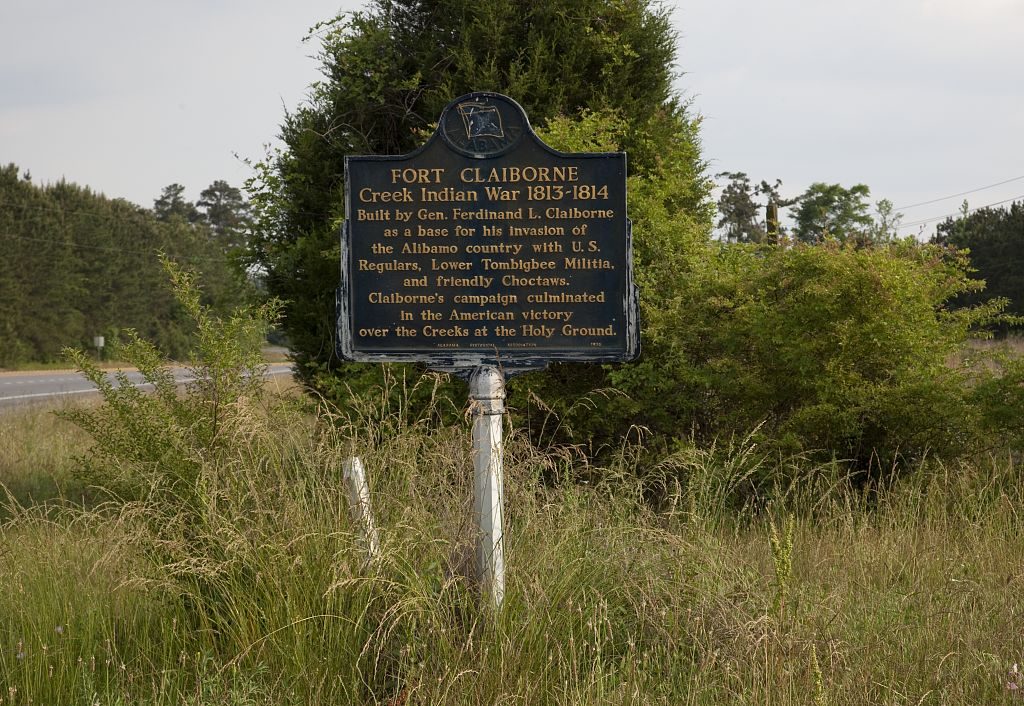
The following sketch provides a good description of early days of Claiborne. Mr. Wyman was living at “Fort Claiborne in 1817 and may be accepted as Alabama s first historian. He compiled a historical sketch of the new State just before he moved, in 1820, to Montgomery. Dr. William S. Wyman, the distinguished historian, long time at the University, was a grandson.
FORT CLAIBORNE
Sketch by JUSTUS WYMAN
Fort Claiborne is situated at the head of schooner navigation on the Alabama River, about 130 miles from Blakely by water, and 80 by land. The town stands on a high bluff of land called the Alabama Heights, about 180 feet above the level of the river.
The first settlement commenced in this town towards the close of the year 1816; since that time it has increased with a rapidity scarcely paralleled. The whole number of inhabitants which one year ago did not exceed 800, is now rising of 2,000. In point of health and commercial advantages. Ft. Claiborne, as an inland town, stands unrivaled, and little doubt can be entertained of its being eventually one of the first commercial and political places in the territory. There is a claim laid upon the site of this town, by Wetherford, a half-breed Indian, which has prevented settlers from making any permanent or expensive establishments.
The houses are merely of a temporary nature, built of logs, and put up for present use only. It is generally believed that this claim is valid, and that he will recover the place. Should this be the case, government will probably purchase it of him, as he will not hold in fee simple, but by a special act of Congress, will be permitted to sell to government, and to no one else. If he should recover the claim, and government should not make the purchase, the settlement will probably be broken up, which will be a very serious injury to the country.
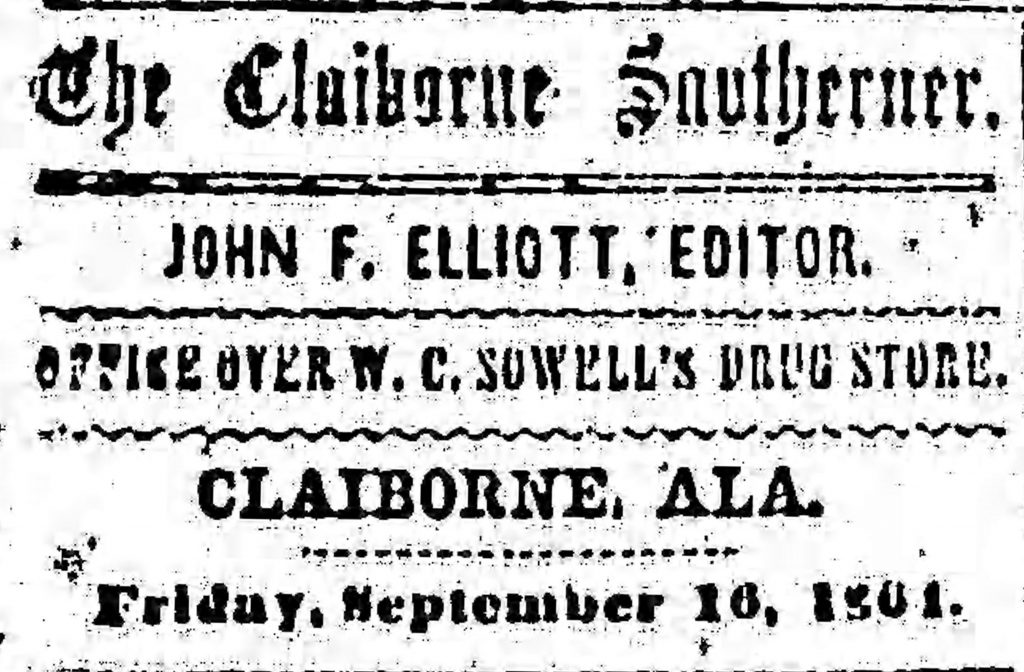
Methodists in Claiborne
The town’s religious growth plus a change in name to Claiborne Station is related in Anson West’s work published in 1893.
The Rev. Joel Rivers, a local preacher and a native of England, but from his youth a citizen of the now United States, moved from the town of Fayetteville, North Carolina, to Fort Claiborne, Alabama, accompanied by his children, all then grown, and purchased land, and, on it, at his own expense, in 1816, the lot being at Claiborne, erected a house of worship for the Methodist Episcopal Church. The first Society at Claiborne, organized just prior to the erection of the house of worship there, consisted of the Rev. Joel Rivers, Rhoda Rivers, his wife, and a number of their children. If there were any others it is not now known.
In the after time and at an early day, the Rev. James Thompson and his wife, Benjamin Lucus and Mrs. Nancy Lucus, Mrs. Jane Blue, Andrew Tarlton and his wife, William Woolworth and his wife, and Stephen Steele were members of that Society. Stephen Steele, in 1821, married Elizabeth Rivers, the daughter of the Rev. Joel Rivers, and was a Methodist at the town of Claiborne from 1825 till his death in 1868, and was through all the years the chief supporter of the Church at that place. When the first house of worship erected there became inadequate to the purposes for which it was built, it was superseded by a new and more commodious house which was built by subscription, but was at last paid for by Stephen Steele out of his own funds. The new house was built on the lot on which stood the first one, and Brother Steele had in his possession the deed thereto until the Federal troops destroyed it, with other valuable papers, during the war between the States. The home of Stephen Steele was the home of Methodist preachers. Too much could not be said in praise of Stephen Steele, the silversmith of Claiborne, Alabama. He was the servant of the Church to which he belonged, and he was the servant of the Master. He was a native of Vermont, and died in his eighty-seventh year. His wife, who was a strong character, survived him two years. They can never be forgotten while the history of the town of Claiborne is remembered.
At the close of 1840 the members at Claiborne flattered themselves that they were able to take care of a preacher by themselves, and the place was made a Station, and the Rev. Francis Asbury McShan was appointed to serve the charge for 1841, and at the end of the year there were eighty-eight white and seventy-five colored members in the Society. For 1842 and 1843 the Rev. John D. Lofton was in charge of Claiborne Station, and at the end of the two years reported one hundred and ten white and two hundred and fifty colored members belonging thereto.
For 1844 Monroeville was joined with Claiborne, and Louis B. Hicks appointed thereto, and at the end of the year there were at the two places one hundred and fifty-‘ seven white and two hundred and sixty-five colored members. For 1845 Claiborne was again by itself with the Rev. James A. Heard as preacher, and at the end of the year there were one hundred and ten white and two hundred and twenty-one colored members; and although the place was continued as a Station for another year, that is the last time that Claiborne ever appeared in the reports or the appointments. (A History of Methodism in Alabama, Anson West, Methodist Episcopal church, South, Barbee & Smith, agents, 1893)
Population grew to 5000
Following the Revolutionary War, Claiborne became one of the largest and fastest growing communities in what would become Alabama. Early settlers included three future Alabama governors: John Gayle, John Murphy, and Arthur P. Bagby. William B. Travis, a hero of the Alamo, lived in Claiborne for many years before leaving for Texas in 1831. Other prominent politicians included James Dellet and Charles Tait. The community was surveyed in 1819 by General John Coffee, with lots being numbered and sold. It was incorporated as a town on December 20, 1820 by the Alabama Legislature. (Wikipedia)
When the Marquis de Lafayette visited Alabama in April 1825 during his famous tour through America, he was entertained in the newly built Masonic hall, a building which, along with the William B. Travis house, still exists but was later moved to the nearby community of Perdue Hill. The town continued to expand during the 1830s, with the population peaking at roughly 5000 people. During the early 1840s, a Jewish population came to Claiborne as peddlers and rural merchants and there is a cemetery denoting their existence in the community.
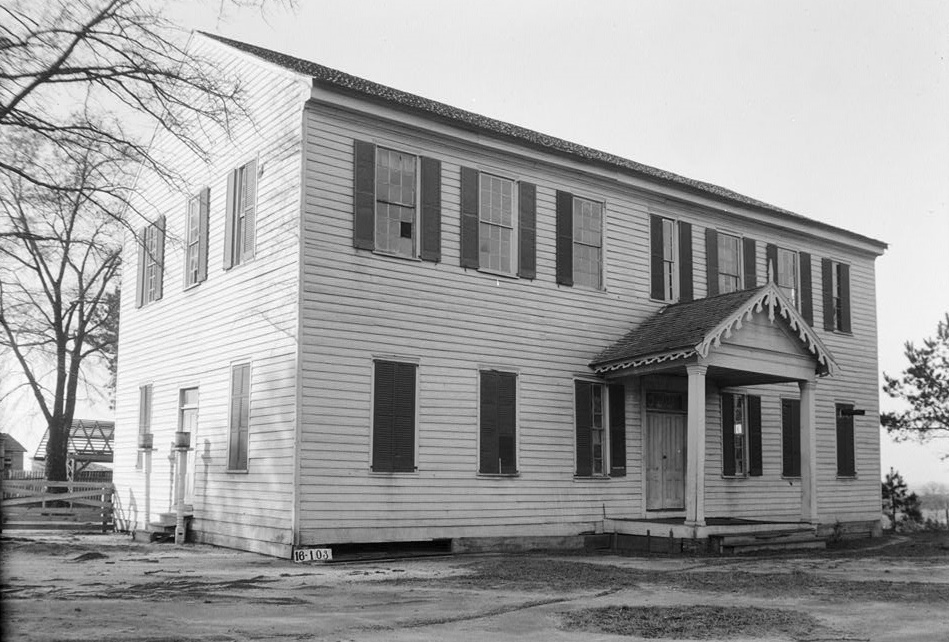
Claiborne was the county seat of Monroe County until 1832 when it was moved to more centrally located Monroeville.
During the War Between the States, Claiborne was heavy looted by Union soldiers, and after the War, several epidemics of yellow fever and cholera left the town devastated. By 1872 the population was only around 350 people. The railroad in Monroe County also bypassed Claiborne and that sealed the town’s fate. In 2008, all that was left in Claiborne is the James Dellet House and three 19th century cemeteries.
SOURCES
- The Alabama Historical Quarterly, Vol. 19, No. 02, Summer Issue 1957
- Encyclopedia of Alabama
- Wikipedia
- Alabama Department of Archives and History
ALABAMA REVOLUTIONARY WAR SOLDIERS VOLUME II
This book is the 2nd Volume in a series of books which includes genealogical and biographical information on some Revolutionary Soldiers who were in early Alabama and/or collected military pensions for their service. Some of their descendants still remain on the bounty land they received. The soldiers in this volume include: JACOB HOLLAND, CHARLES M. HOLLAND, THOMAS HOLLAND, COL. JOSEPH HUGHES, CHARLES HOOKS, DIXON HALL, BOLLING HALL, WALTER JACKSON, WILLIAM HEARNE, THOMAS HAMILTON, GEN. JOHN ARCHER ELMORE, REVEREND ROBERT CUNNINGHAM, JAMES COLLIER, THOMAS BRADFORD, REUBEN BLANKENSHIP, HENRY BLANKENSHIP, DANIEL BLANKENSHIP with a special story about the patriotism of CHARLES HOOKS sister…MARY HOOKS SLOCUMB.


